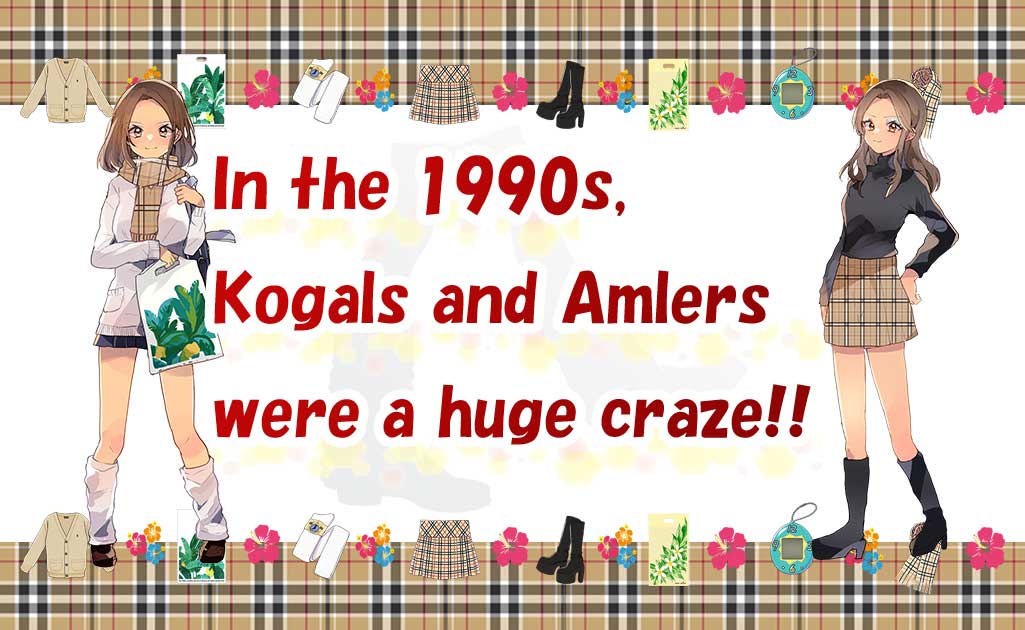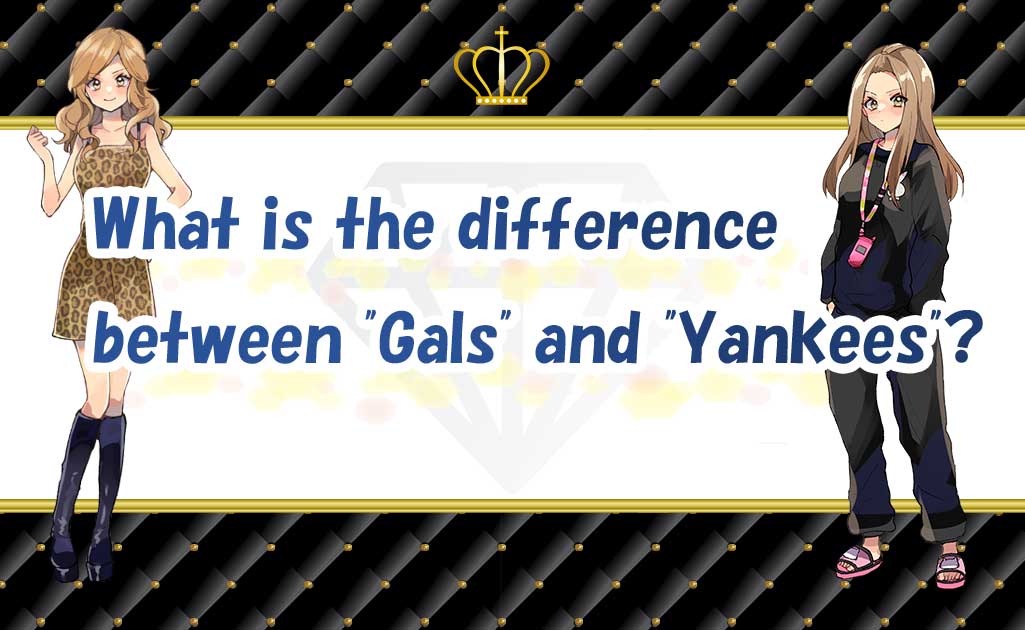"Gals," who appear mainly in Shibuya and are characterized by their dark makeup and bright hair colors, have come to refer to the typical Gals of today since the days of Kogals in the 1990s!””
Kogals appeared around 1995 in the streets of Shibuya, mainly among high school girls and other teenage girls. They were characterized by their tanned, wheat-colored skin, thin eyebrows, blue eyeshadow makeup, and brown, long hair.
Amler refers to women, primarily in their teens and twenties, who adopted a fashion style inspired by Namie Amuro, the charismatic singer who was considered the original Gal. This trend was popular at the same time as Kogals.
"The term "Gals" began to be used in Japan in the 1970s
The origin of the word "Gals" comes from the American youth slang version of "girl", which refers to a young girl. In Japan, when it first began to be used, it referred to vibrant and lively young women.

What are Kogals?
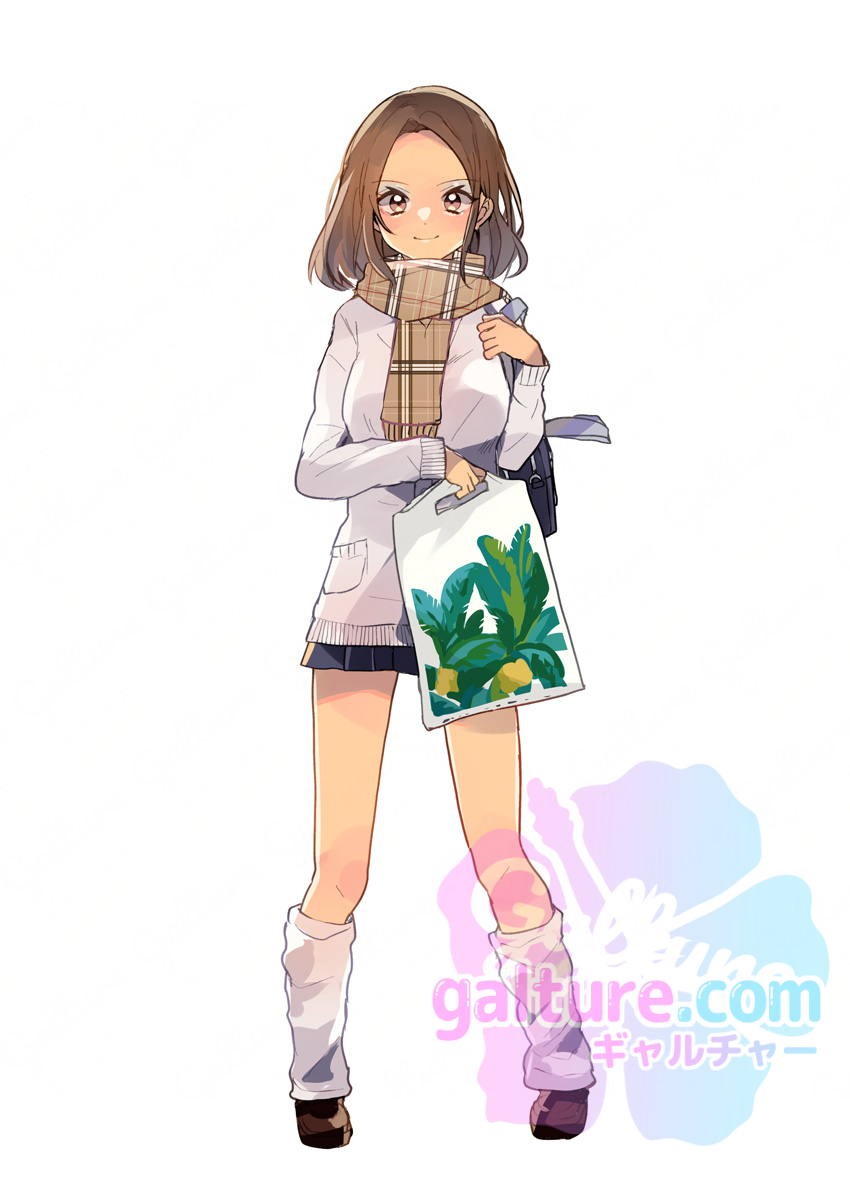
Kogals first appeared around 1995
It refers to teenage girls, including high school girls, with tanned skin, thin eyebrows, distinctive makeup with blue shadow, and long brown hair.
After 1995, became a massive trend. However, as the 2000s began, a new style called "Ganguro," which evolved from Kogals, started to become popular. Consequently, Kogals received less media attention, and the term 'Kogals' gradually became less commonly heard.
The Origin of Kogals
There are various theories about the origin of the term "Kogal," but one popular theory suggests it began with the staff, often referred to as "black clothes()," at discos and clubs at that time. They used to call high school girls and younger-looking Gals, who normally couldn't enter these places late at night, as "Kogyaru." This naming is believed to be the starting point of the term "Kogal."
.black clothes"… refers to the male employees working in discos and clubs. (Occasionally, there are also female employees in these roles.)
"Did you know that the term "Magogals" refers to a generation younger than Kogals, specifically middle school Gals? 😲"

Characteristics of Kogals
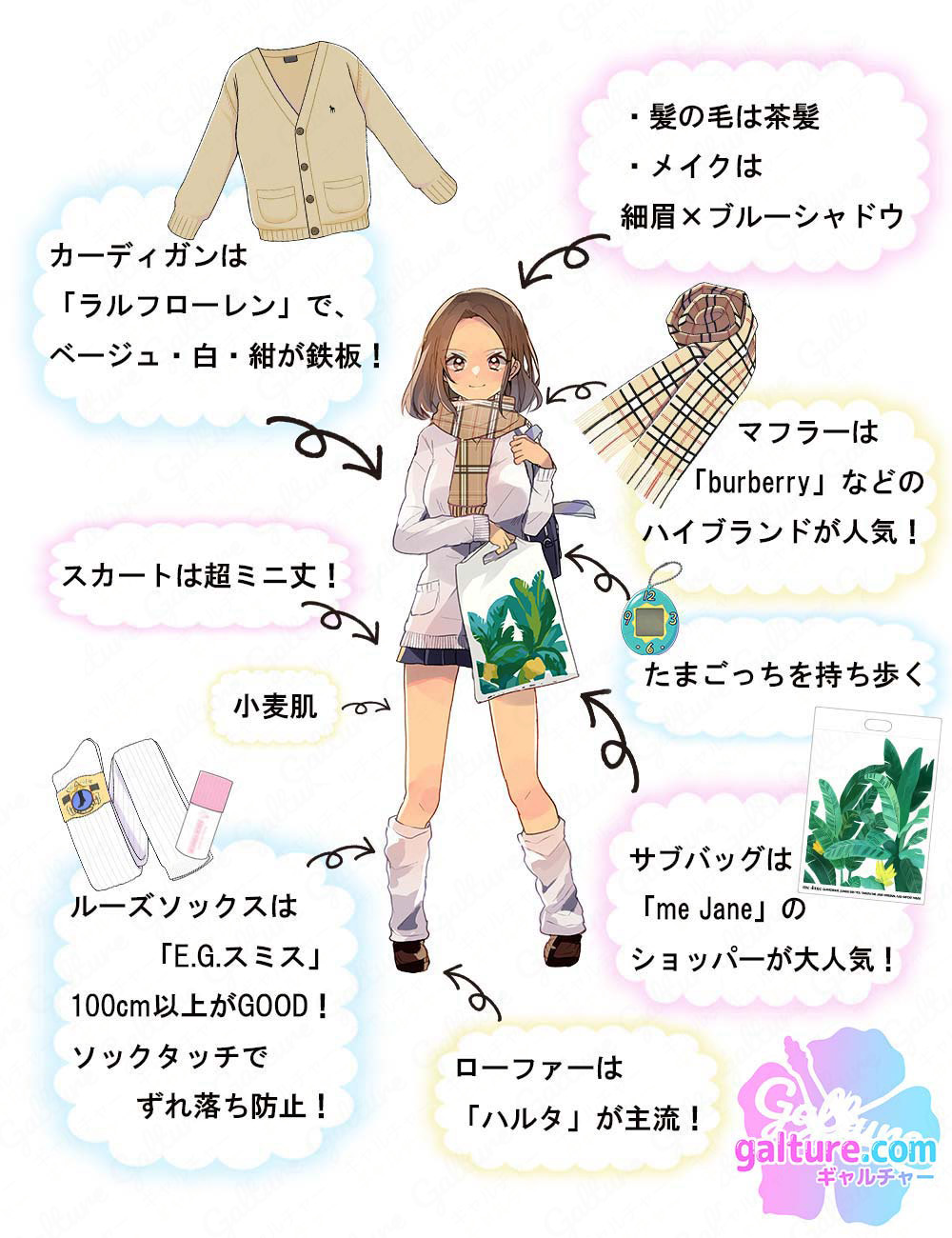
When it comes to the uniform of Kogals, it typically includes super mini-skirts with loose socks, wheat-colored skin with thin eyebrows and blue eyeshadow, and long, brown hair.
For private clothes, a miniskirt and thick-soled boots are the standard!
The Amler fashion, which was popular during the same period, was also highly popular among Kogals, and many were both Kogals and Amlers.
What are Amlers?
Amlers are women who imitate the fashion style of singer Namie Amuro.
The term 'Amler' originates from Amuro's name, with the suffix '-er' added.
Namie Amuro made her major debut in 1992 as a member of SUPER MONKEY'S. Her 1995 release 'TRY ME Watashi wo Shinjite' was a big hit, leading to her solo debut.
Even during her group activities, she was supported by many girls. The 'Amler' boom started around October 1995 with the release of her second solo song 'Body Feels EXIT.'
Namie Amuro was considered the charismatic original Gal(). Many Kogals of the time modeled their clothing, hairstyles, and makeup after her.
In particular, the checkered miniskirt she wore at the wedding press conference, a black turtleneck, and black thick-soled boots is a signature look that has been imitated by many people.
1996 was the peak of this trend, and it was so popular that it was included in that year's 'New Words and Buzzwords Awards.
.The original Gal charisma... The title passed on to the second generation with 'Ayu,' also known as Ayumi Hamasaki, and to the third generation with 'Tsū-chan,' also known as Tsubasa Masuwaka.
Characteristics of Amlers
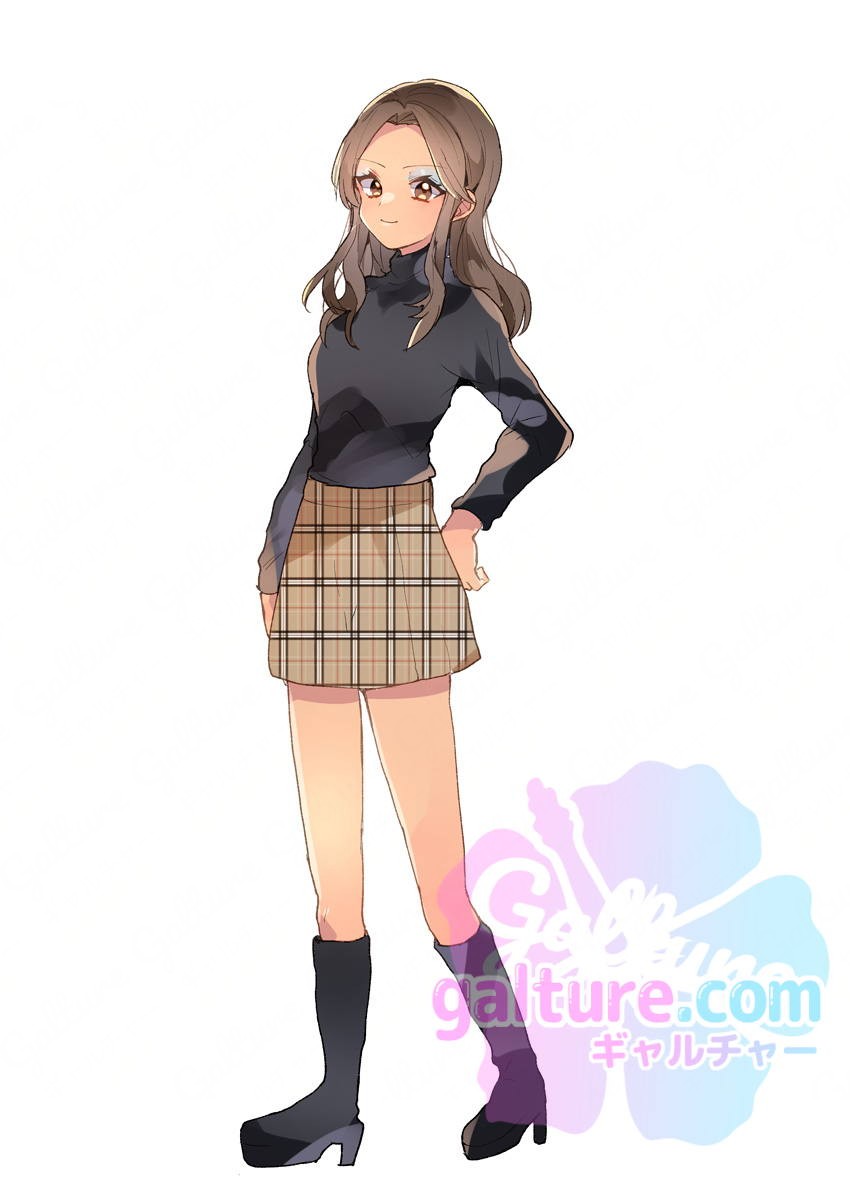
A quintessential aspect of Amler fashion is the combination of mini skirts and platform boots!
Particularly popular was the look with checked mini skirts and platform boots, accompanied by tanned skin, long brown hair with shaggy() cuts, and thin eyebrows.
.'Shaggy' refers to a hairstyle created by thinning out the hair towards the ends.
When speaking of the 1990s, Kogals and Amlers come to mind as they created an unprecedented boom. Today, in the Reiwa era, both styles are gaining renewed attention as revival fashions.
